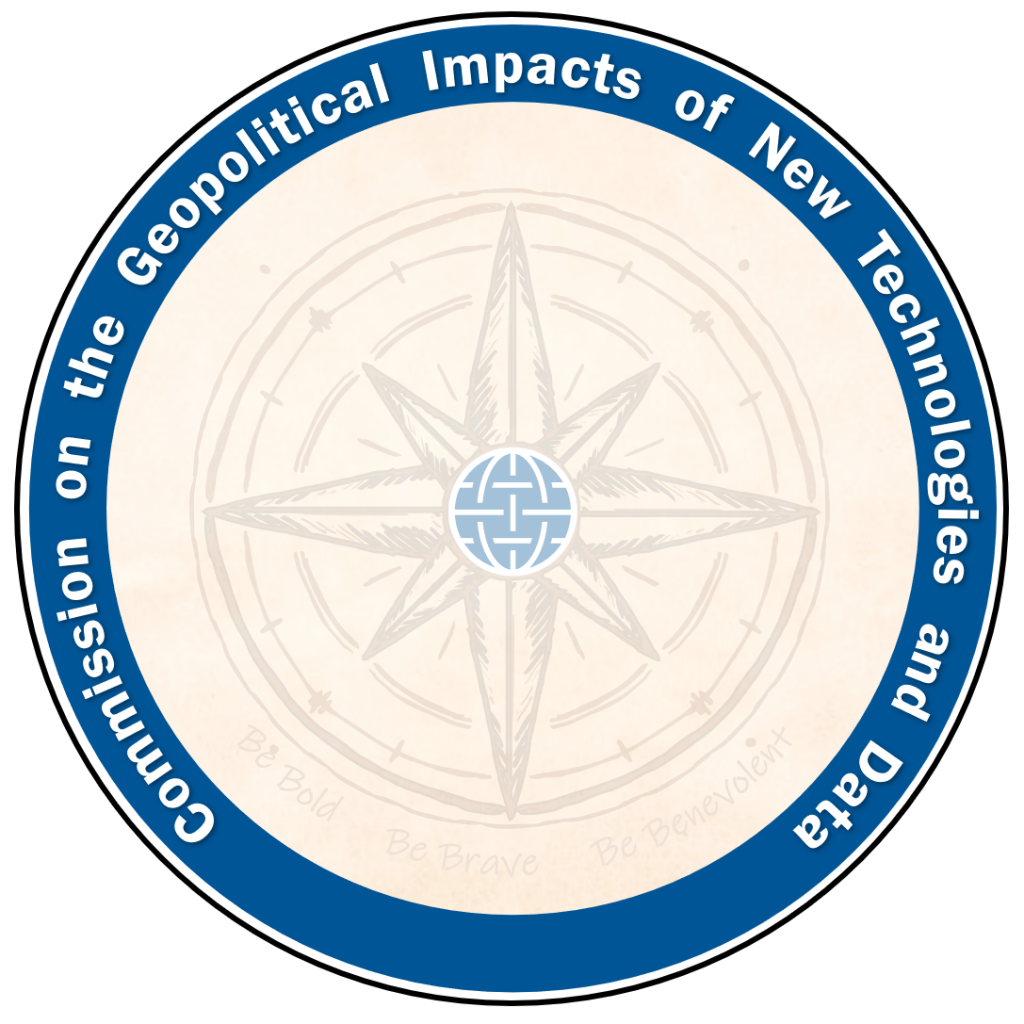One hundred years of energy transitions
Thousands of energy leaders, technology developers, and climate advocates gathered in Rotterdam, Netherlands from April 22-25 along the 26th World Energy Congress. Looking back at the first Congress, then called the World Power Congress, in London in 1924, global energy systems looked very different. In 1924, global oil production was around 2.8 million barrels per day, compared to almost 102 million barrels per day last year. In other words, a country like South Korea or Canada consumes today the same amount of oil that the whole world needed one hundred years ago.
In 1924, there was no nuclear energy in the global energy mix and renewables were probably beyond the imagination of policy makers. By 1975, there were 200 nuclear power reactors in 19 different countries, but solar and wind power were still practically nonexistent. It was not until the early 2000s that solar and wind began to gain traction and break records year after year, contributing 18 percent of the world’s total energy consumption.
Unlike previous energy transitions, the current energy transition is not mainly driven by a more superior technology in terms of energy density and efficiency alone. The current energy transition is mainly responding to the climate impacts related to energy generation and consumption over the last century, or what economists call “externalities”. However, this transition towards more sustainable sources of energy is constrained by the increasing energy demand globally, especially in emerging and less developed economies. This makes the global energy transition measured against three main criteria, commonly referred to as the “energy trilemma”: energy security, energy affordability, and environmental sustainability.
To address the energy trilemma, four critical discussion themes emerged during the centenary World Energy Congress in Rotterdam: 1. Accelerating the deployment of existing solutions, 2. Scaling innovative technologies, 3. The interaction of energy and artificial intelligence (AI), and 4. Humanizing the energy transition.
Accelerating the deployment of existing solutions
There has been great progress on deployment of clean energy technologies over the last 20 years that made most of these technologies cost-competitive with fossil fuels in today’s market even without financial support. However, these technologies are not deployed fast enough to get us on track to meet our climate targets. For example, utility-scale wind and solar projects in the United States can take 4.5 years on average to obtain the necessary permits and navigate necessary environmental reviews for siting and construction.
There is a need for regulatory reforms that can strike the right balance between timely decisions on clean energy and infrastructure projects while preserving thorough environmental reviews. This balance would not leave project developers concerned about fluctuations in equipment costs while they are waiting on permits. The recent delays in offshore wind projects along US coastlines show how the combination of uncertainty, public acceptance, and affordability can impact the pace of the energy transition.
Scaling innovative technologies
In their 2023 World Energy Transitions Outlook, the International Renewable Energy Agency (IRENA) estimated that accelerating the deployment of renewables, energy efficiency, and electrification could achieve 69 percent of global emissions reductions needed to reach net zero by 2050. This would leave almost a third of the needed abatement to innovative, disruptive technologies (e.g., long-duration energy storage, hydrogen, e-fuels, carbon capture utilization and storage (CCUS), carbon dioxide removal) that have not been deployed at a scale large enough to meet our climate targets.
Renewables need long-duration energy storage at scale to ensure that this clean power is available anytime, day or night. Hydrogen and e-fuels will also be needed to support transportation and industrial applications that require liquid fuels, especially when their high heat demands can’t be met with renewables. Although there has been some progress on production of these cleaner fuels with major hydrogen production and infrastructure projects in the United States, Europe, Asia, and the Middle East, there are still gaps around how policies can create large demand signals to scale this market.
After all these mitigation efforts are exhausted, there will still be carbon emissions in the air that need to be subtracted from our limited carbon budget, a clear and direct role for carbon management technologies. CCUS can capture emissions from unabated industrial resources or remaining fossil-based power generation units. Some industries, even if they were completely powered by clean energy, would still emit carbon. For example, almost 60 percent of the emissions from cement production are unavoidable process emissions from the calcination process (i.e., the decomposition of calcium carbonate into calcium oxide and carbon dioxide) rather than energy-related emissions. As the Intergovernmental Panel on Climate Change indicated, climate mitigation efforts to date have been insufficient and there is a need for scaling carbon dioxide removal technologies to reduce the risks of climate overshoot and complement emissions reduction efforts, especially from hard-to-abate sectors.
The interaction of energy and artificial intelligence (AI)
Over the last few years, AI has emerged as an enabler for the energy transition. Generative AI can play an important role in modernization of the electric grid by enabling grid operators to make better, faster decisions and optimize loads. Also, AI can be one of the most effective abatement tools for fugitive methane emissions by using satellite and aerial measurements to quantify, map, and predict methane leaks. This approach can revolutionize fugitive emissions abatement by moving from preventive measures to predictive and even descriptive measures.
A successful emissions abatement strategy relies heavily on accurate measurements which can be challenging for companies with complex operations and supply chains. However, the automation capabilities of AI can drastically reduce the margin of error from manual inputs and provide accurate, real-time data to help companies identify where to focus their emissions reduction activities.
Additionally, AI can be used to improve the performance and increase the output of solar photovoltaic (PV) and concentrated solar power (CSP) systems by predicting solar output, reducing corrective maintenance costs, and providing a more accurate forecast of the capacity available to the grid from electric loads that can be turned on or off depending on the balance between electric demand and generation.
With the increase in electric vehicles (EV) adoption, AI-enabled energy demand forecasts will be critical in avoiding peak charges and reducing the burden on the grid. Although AI has many advantages to enable the energy transition, its huge energy footprint remains a challenge as countries plan for future energy needs. The International Energy Agency (IEA) estimated that electricity consumption from data centers could double by 2026 to be roughly equivalent to the electricity consumption in Japan.
Humanizing the energy transition
Since this is the first energy transition in history that is not driven solely by technology metrics, it is critical to ensure that local communities are involved in climate action plans. With disproportionate impacts of climate change around the world, especially in the global South where most countries have historically contributed far less to global emissions, energy equity and climate justice should be at the center of the energy transition. There is a dire need for bridging the climate finance gap and facilitating the flow of funds to the Global South by de-risking investments and regulatory reforms in developing economies. This would also require institutional reforms in the finance sector to move towards new financing mechanisms (e.g., concessional finance, credit guarantee, grants) rather than the unfair, high-interest loans from multilateral banks that have been the main vehicle for energy infrastructure and development projects for decades.
The world has gone through many energy transitions before, but what probably differentiates the current energy transition is that it encompasses multiple energy transitions happening at the same time. There are transformations across the globe in energy generation processes, infrastructure development, energy policy frameworks, environmental laws, and financing mechanisms. While these transformations do not need to happen at the same pace in every region, countries should ensure that the collective energy transition efforts are sufficient to meet our global climate targets. We have enough tools today to shape the next hundred years of energy.
A hundred years ago, participants at the World Energy Congress were probably not as concerned about energy-related climate impacts. However, we know better today about these impacts and how we can meet global energy needs without compromising environmental integrity. In his masterpiece, One Hundred Years of Solitude, Gabriel Garcia Marquez showed us how it took five generations to decipher the prophecy of the Buendia family and their town of Macondo. We have deciphered the energy trilemma, but global action is imperative to navigate the storm and tackle the climate crisis. If we learned anything from Marquez’s magical realism and the fate of the city of Macondo, we should work together to accelerate the deployment of energy and climate solutions that can shape a brighter future for people and planet.

GeoTech Center
Championing positive paths forward that societies can pursue to ensure new technologies and data empower people, prosperity, and peace.
Image: Credit: Daniel Agudelo via Unsplash
